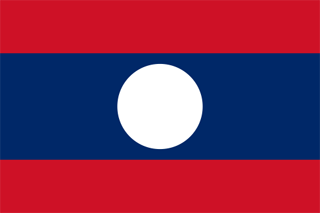Education System in Laos

Laos (Lao People’s Democratic Republic) is located within Southeast Asia. Laos is a communist state and is listed as one of the United Nations’ least developed countries.
The current education system in Laos can be structured into three categories:
- Primary (5 years)
- Lower Secondary (4 years)
- Upper Secondary (3 years)
At the end of each division, students sit for an achievement exam. Students also have the open of attending technical or vocational schools after lower and upper secondary.
There is currently only one national university in Laos, the National University of Laos. Students also have the option of attending private institutions, of which there are around 70, or teacher training colleges, of which there are around 11, as well for higher education.
The largest problem facing education in Laos is accessibility. Many of Laos’ population are in rural and poor areas, where they cannot afford cost of travel to schools as well as losing on the wages they could obtain from working. Many teachers in Laos are also unqualified to teach and have also received large pay cuts, which the country implemented to prevent going into a major economic crisis.
The Laos Constitution states that the “educational, cultural, and scientific activities are the means to raise the level of knowledge, patriotism, love of the people’s democracy, the spirit of solidarity between ethnic groups, and the spirit of independence.” The Constitution asserts that “the State and society shall endeavor to improve the quality of national education system, to create opportunities and favourable conditions for all the people to receive an education, particularly the inhabitants of remote and isolated areas, ethnic minorities, women, children, and disadvantaged persons.” According to the constitution, Laos places a large emphasis on the education of its population. It was also seen in the passing of the Decree on Compulsory Primary Education of 1996, which made primary education free and compulsory for all children in Laos by both private and public institutions. This set in place a national curriculum and minimum requirements for all institutions to improve quality of education.